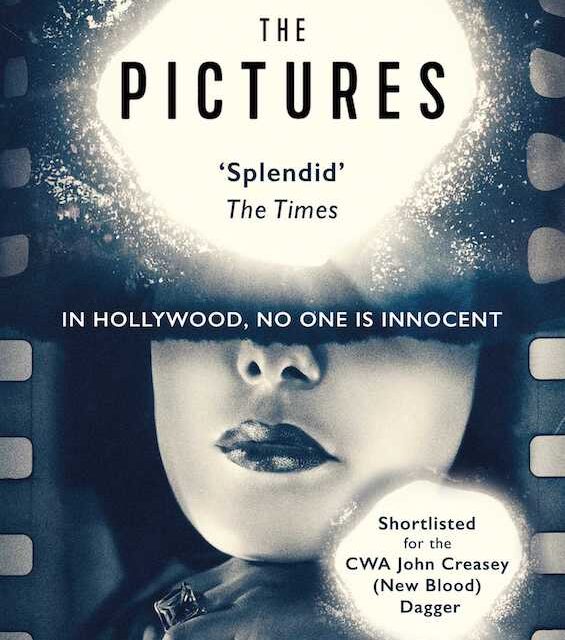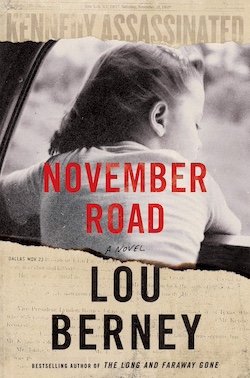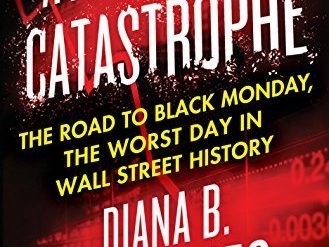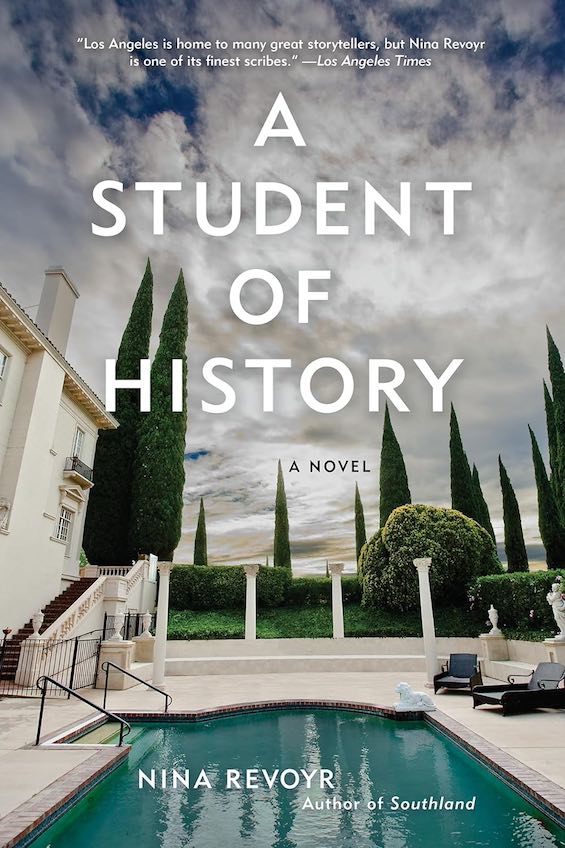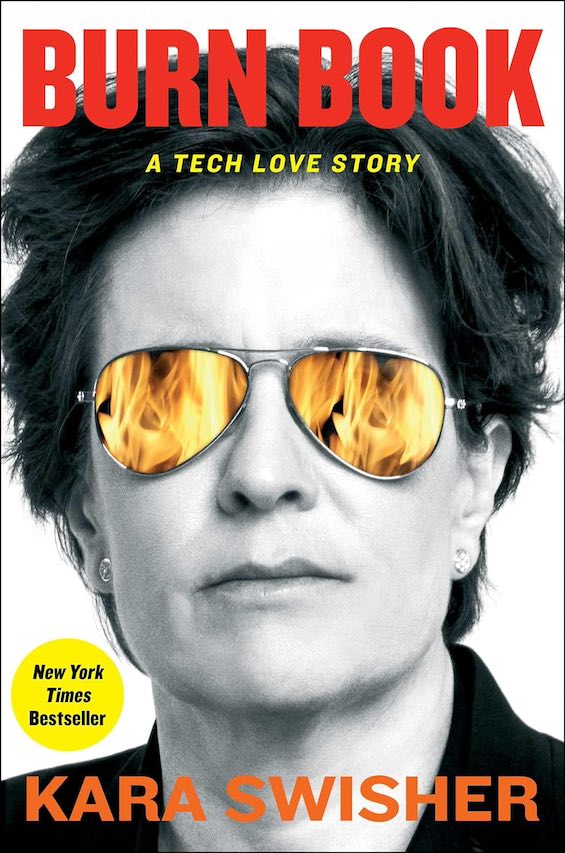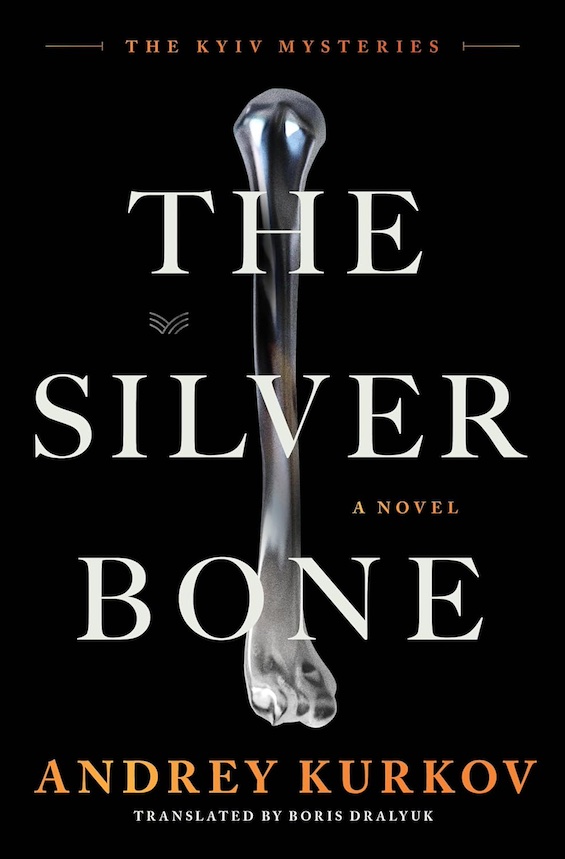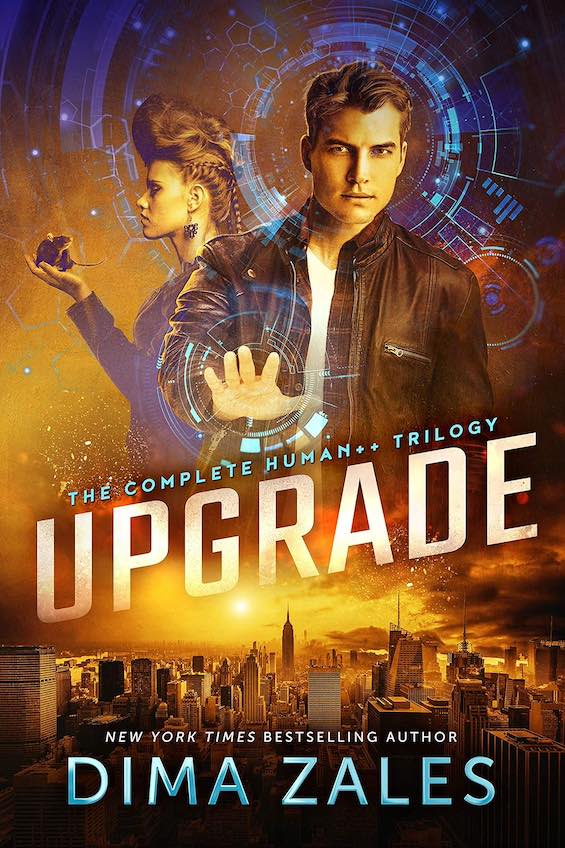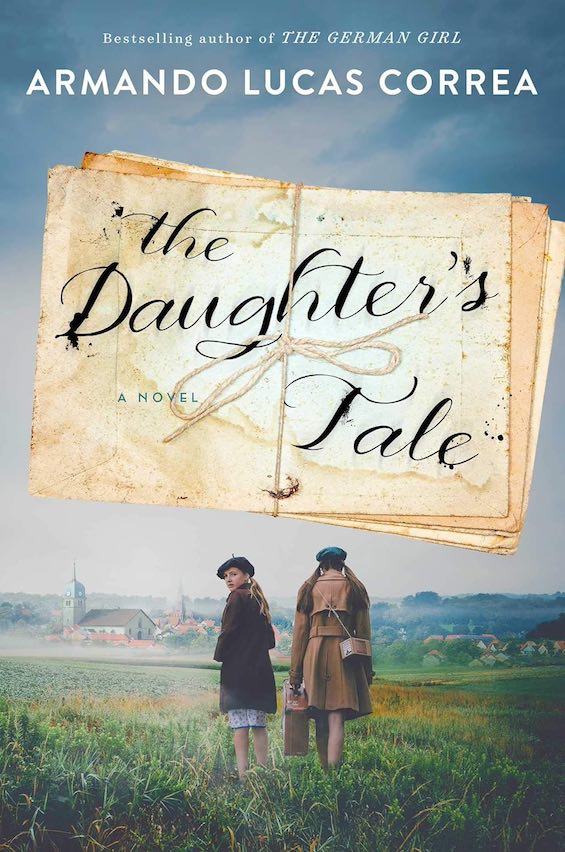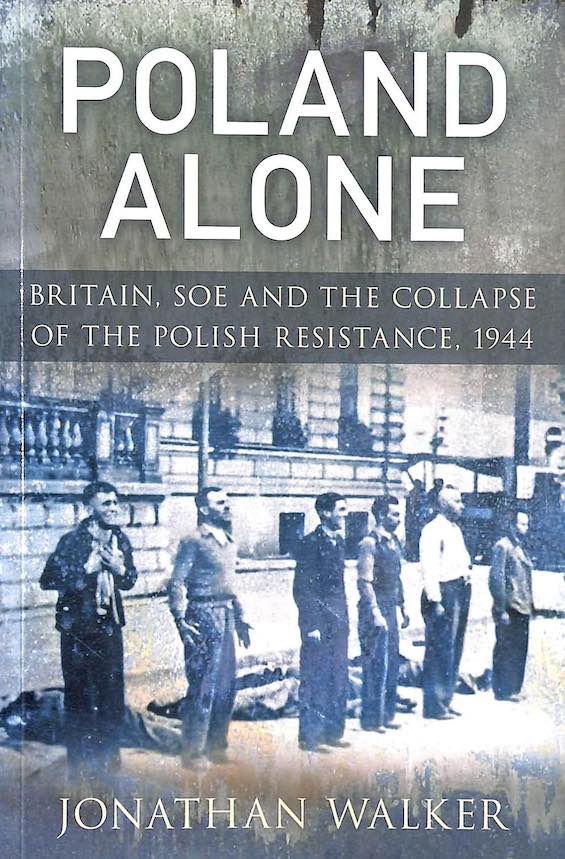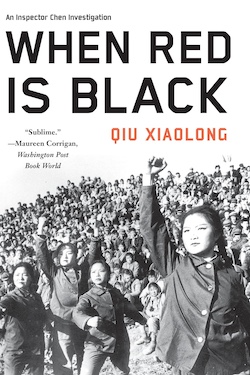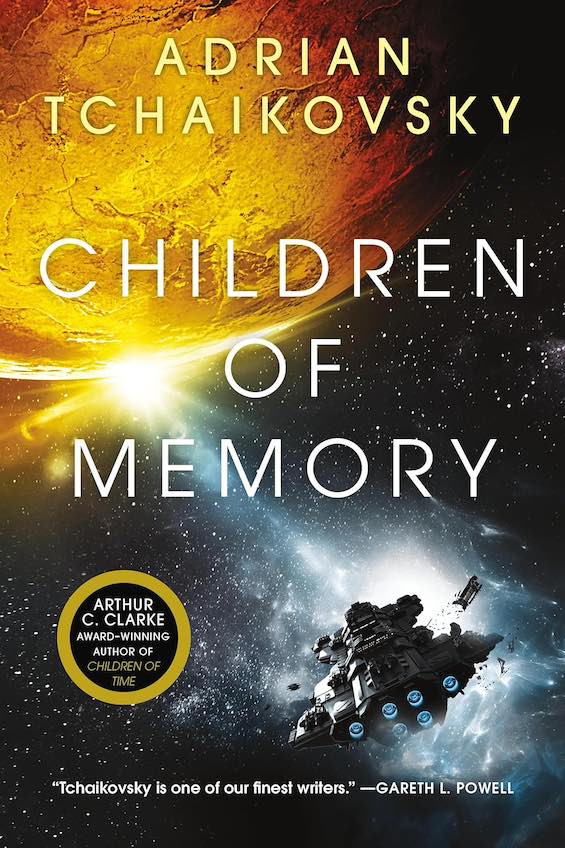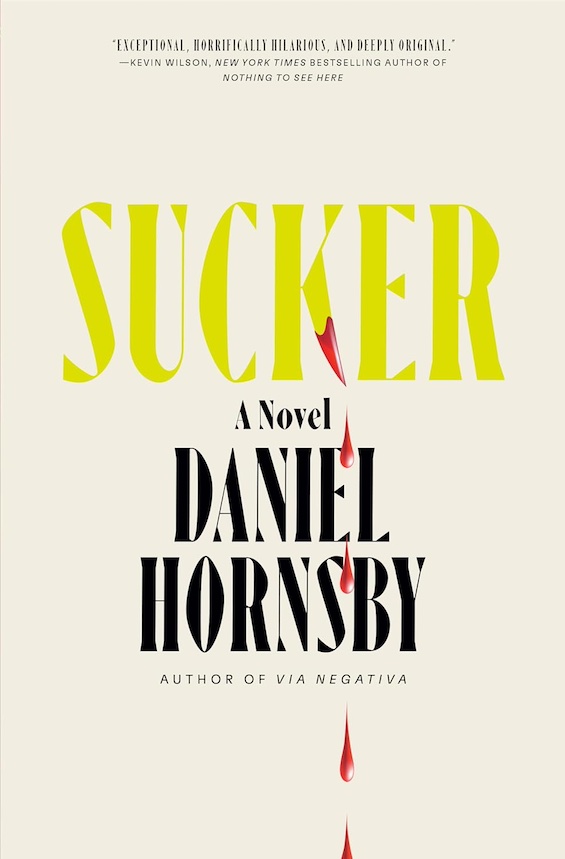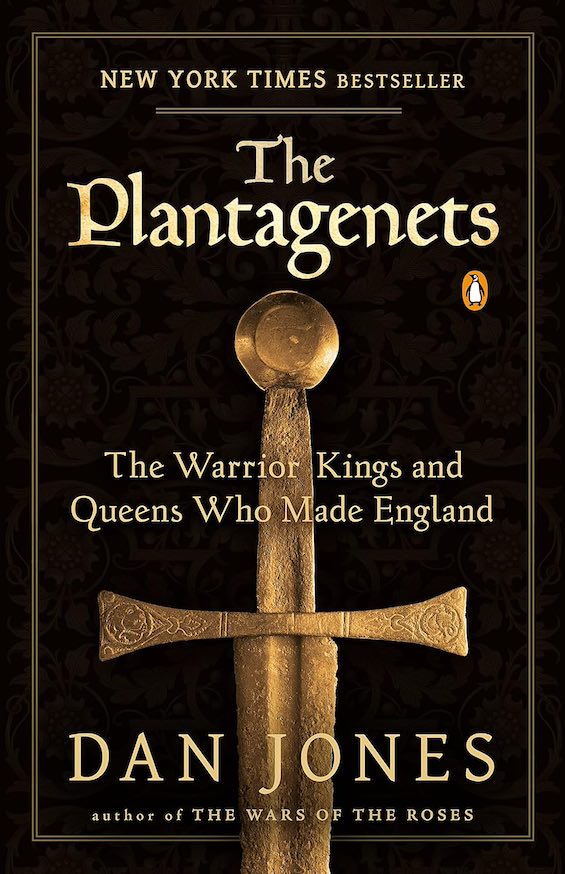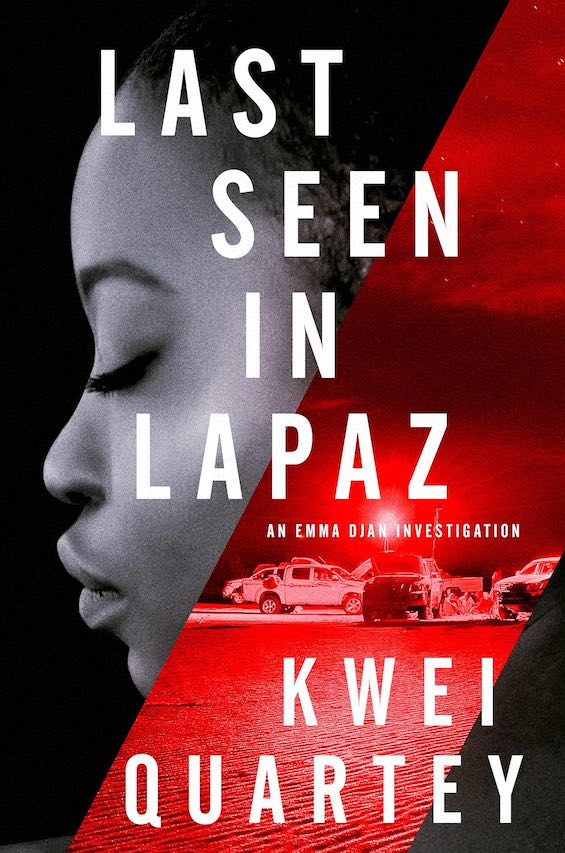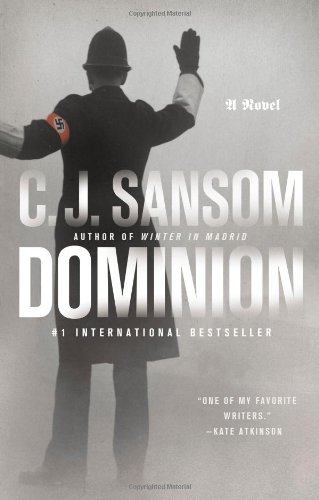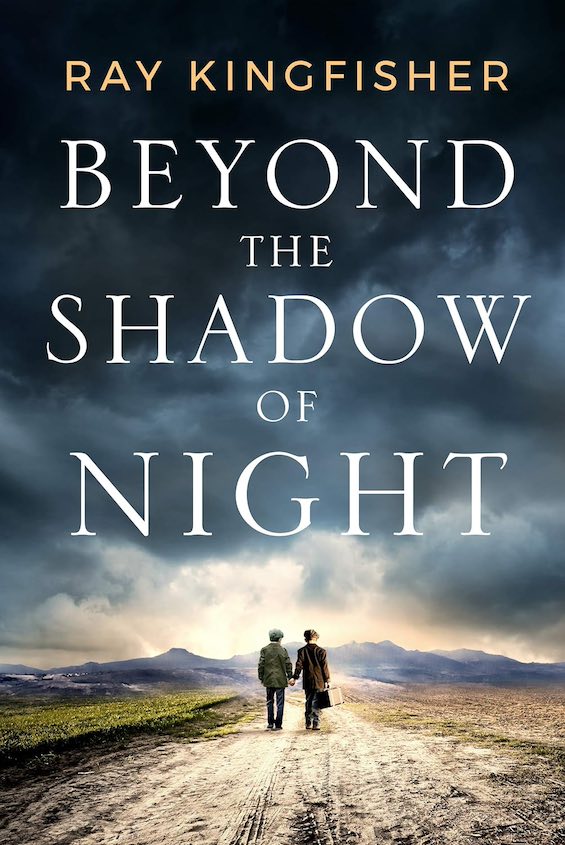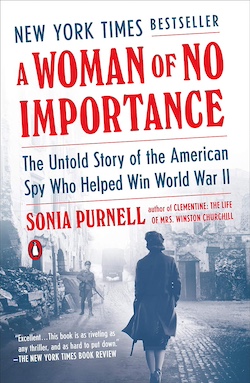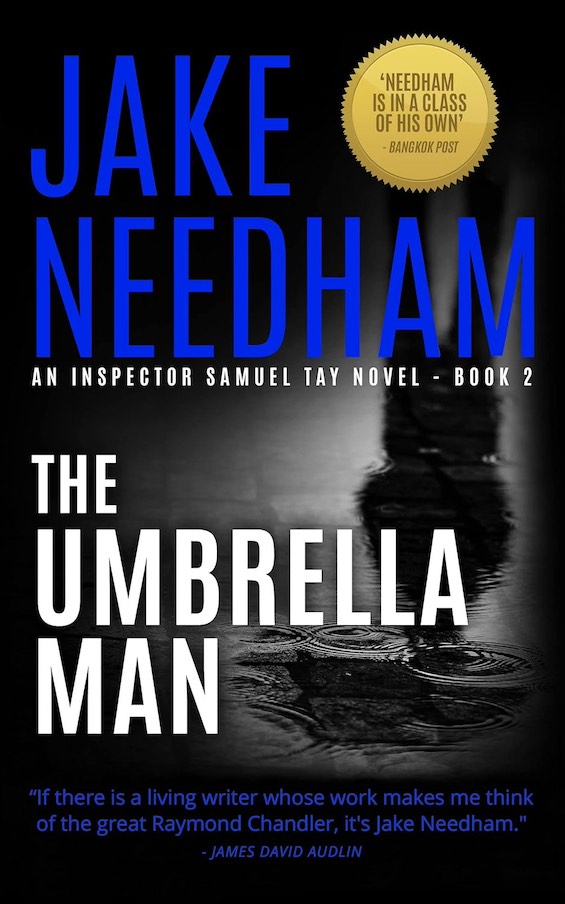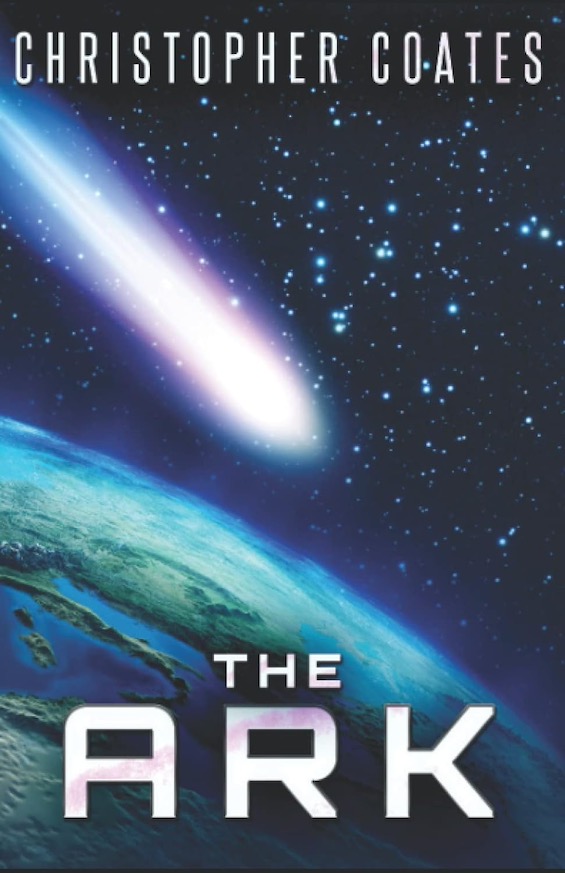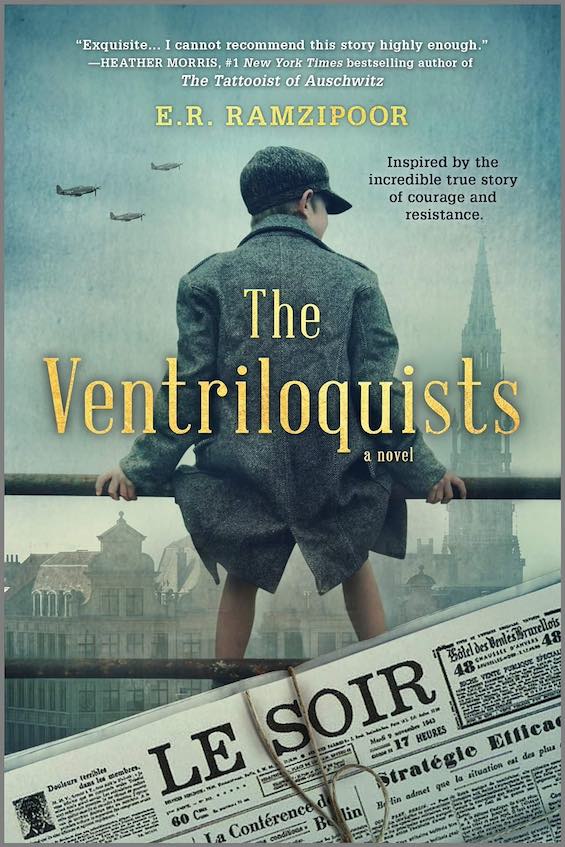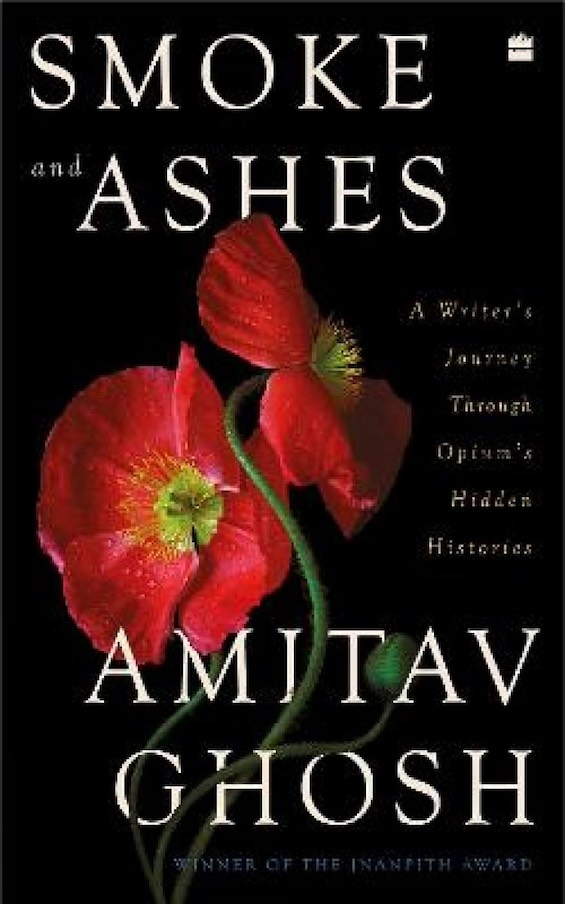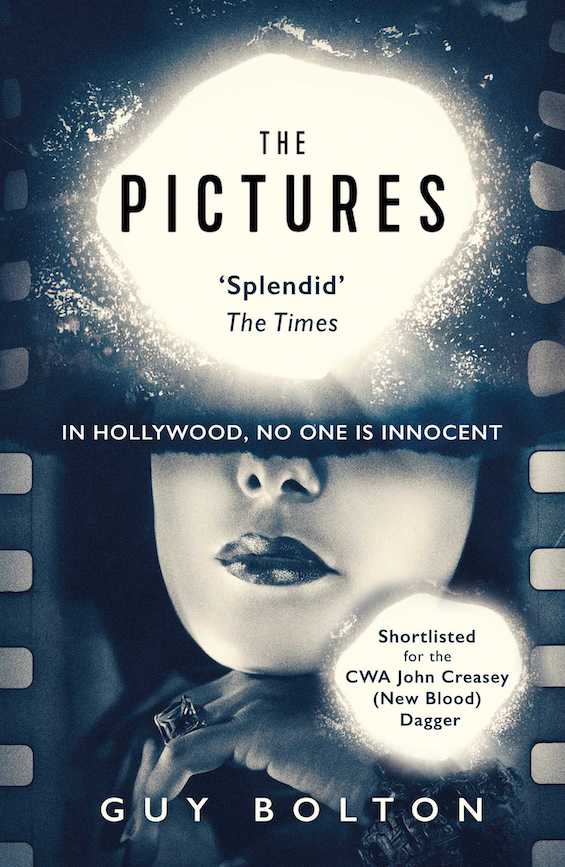
Since at least the 1930s, the Hollywood-based film industry has been capturing the world’s imagination. Films such as Gone with the Wind and Citizen Kane represent America in general and California in particular as surely as any legion of diplomats. And writers have noticed. Both nonfiction books and novels about Hollywood have appeared in great numbers for decades. The best-known of the novels include:
- The Day of the Locust (1939) by Nathaniel West
- What Makes Sammy Run? (1941) by Budd Schulberg
- The Last Tycoon (1941) by F. Scott Fitzgerald
- Inside Daisy Clover (1963) by Gavin Lambert
- Myra Breckenridge (1968) by Gore Vidal
- Play It as it Lays (1970) by Joan Didion
Estimated reading time: 11 minutes
Since I turn to trade fiction only sparingly, I’ve read only one of these books (the first in the list), and that was a very long time ago. I strongly favor mystery and suspense fiction, as must be clear to you if you read my newsletters. And the list that follows includes only mysteries about Hollywood. I’ve opted to cite only one title by each author, although some of the writers—most notably, Michael Connolly and Timothy Hallinan—have each written several that I’ve enjoyed.
Here, then, are the eight great mysteries about Hollywood that I’ve promised in my headline. They’re arranged in alphabetical order by the authors’ last names.
The Pictures by Guy Bolton (2017) 509 pages ★★★★★—A riveting tale of corruption in Hollywood’s Golden Age
On August 25, 1939, MGM’s make-or-break production of The Wizard of Oz premiered at Grauman’s Theater in Los Angeles. The picture represented the pinnacle of all that Louis B. Mayer aspired to project for the company. It was a wholesome film, a picture for the whole family, a celebration of the cheerfulness and optimism that had been so sorely missing during the decade of the Depression just then drawing to a close. But the innocent facade represented by the film betrayed a broad current of corruption in Hollywood running throughout the motion picture industry. It all comes to light in The Pictures, Guy Bolton’s spellbinding police procedural about an investigation into that corruption that played out in the months leading up to The Wizard’s premiere.
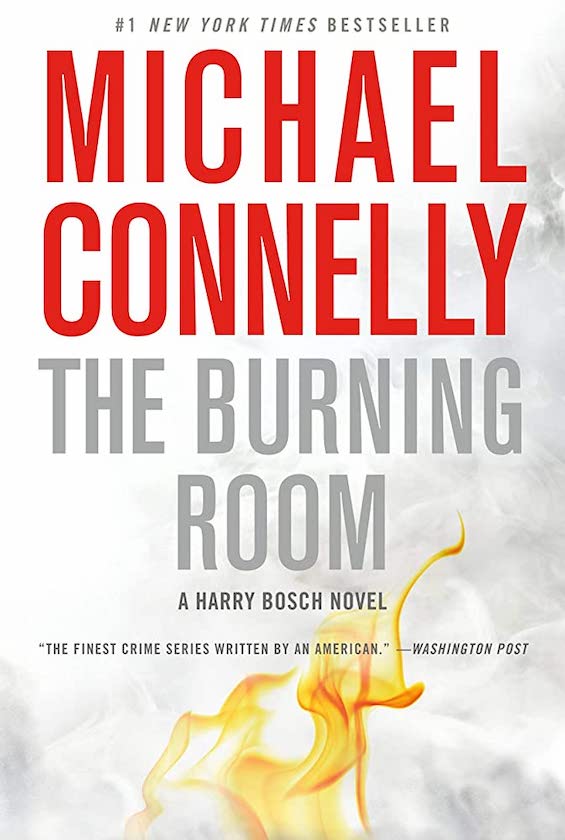
The Burning Room (Harry Bosch #17) by Michael Connelly (2014) 400 pages ★★★★★—Michael Connelly’s best Harry Bosch novel?
Joining Detective Hieronymous (Harry) Bosch, presently of the Open-Unsolved Unit of the LAPD, is a young new partner, Lucia (Lucy) Soto, a celebrated hero known as Lucky Lucy. She had survived a shootout as a rookie and killed two bad guys in the process. The chief himself taps Harry and Lucy for the high-profile case of a mariachi musician who has just died of a gunshot wound suffered ten years earlier. They take off running, get a couple of breaks, and the nonstop action proceeds at a blistering pace.
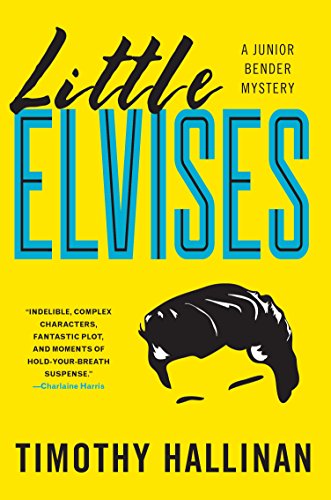
Little Elvises (Junior Bender #2) by Timothy Hallinan (2012) 347 pages ★★★★★—A crimebuster encounters the ghosts of Elvis Presley
Junior Bender is a crook. Specifically, he is a burglar who has been at work at his craft for nearly two decades. He lives in motels, shifting from one to another with great regularity to avoid being observed by whoever may be following him. (That happens a lot.) Though he has never been caught, a growing number of people—fellow criminals, mostly—are well aware of his skill and turn to him for help in solving their problems. This usually involves breaking into the homes of dangerous people and confronting very large, heavily muscled men. In the process of helping out one crook, Junior typically manages to incriminate another one, thus serving the police while saving his own skin. A criminal who is a crimebuster, believe it or not.
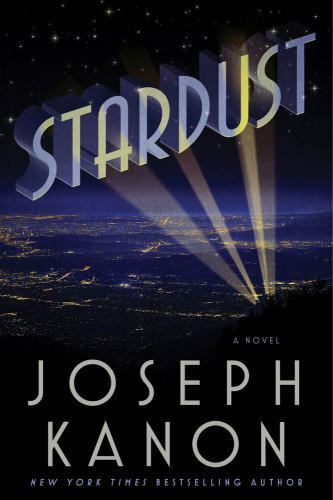
Stardust by Joseph Kanon (2009) 622 pages ★★★★★—Intrigue among German emigrés in postwar Hollywood
Ben Collier, born Reuben Kohler, is a German-American Jew raised in the film industry by his famous director father. He leaves Germany in the days immediately following the end of the Second World War in Europe to visit his brother Danny, who lies in a coma in a Hollywood hospital. There, he finds himself embroiled in complex ways with Danny’s widow, Liesl. She and Danny were close to the star-studded German emigré community in postwar Hollywood.
Also involved in their lives, and now in Ben’s, are Sol Lasner, head of one of the early Hollywood studios, and Lasner’s right-hand man, “Bunny” Jenkins, a former child star in England. On the scene, too, is a Right-Wing Congressman who stands in for Richard Nixon—not to mention assorted Communists, fellow-travelers, and the FBI in the era of J. Edgar Hoover.
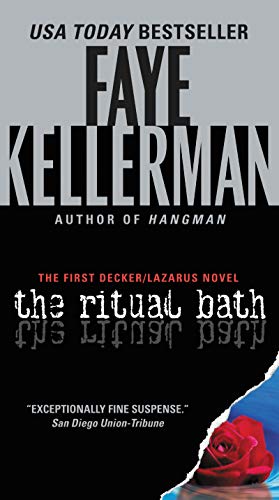
The Ritual Bath (Peter Decker and Rina Lazarus #1) by Faye Kellerman (1986) 327 pages ★★★★★— An unusually strong start to the Faye Kellerman series of detective novels
As of 2023, there are 27 books in the Faye Kellerman series of detective novels featuring Peter Decker and Rina Lazarus. The series launched in 1986 with The Ritual Bath. It’s an unusually strong start for a series. In The Ritual Bath, we become acquainted with Detective Peter Decker and his future partner, Rina Lazarus. Since Rina is an Orthodox Jew and works as a teacher in a Los Angeles-area yeshiva, we also learn a great deal about the contemporary practice of Orthodox Judaism.
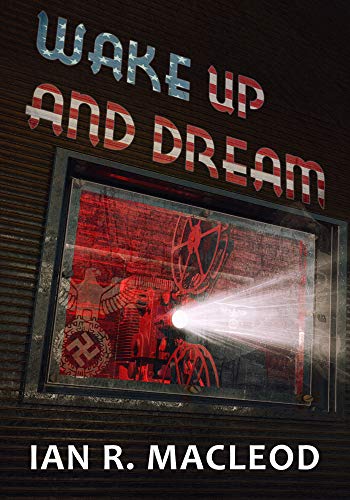
Wake Up and Dream by Ian R. MacLeod (2011) 338 pages ★★★★☆—This thriller is an alternate history of Hollywood
Hollywood, June 1944. Europe is still at war, with England about to fall to Hitler’s legions. In the United States, FDR readies a run for a third term as the fascist Liberty League gains ground across the land. Everywhere, people are flocking to the theaters to take in the newest “feelies,” introduced a dozen years ago. Just as the “talkies” replaced silent films, displacing the stars of the older format, so too has it been with the feelies.
Clark Gable, rising to stardom in the early 1930s, has long since faded from memory. He now ekes out an existence as an unlicensed, low-rent private investigator. He spends his time photographing errant husbands and wives in compromising situations. But Clark is about to take on the biggest role of his life, and not at a studio. Which begins the enthralling story in Ian MacLeod’s alternate history of Hollywood, Wake Up and Dream.
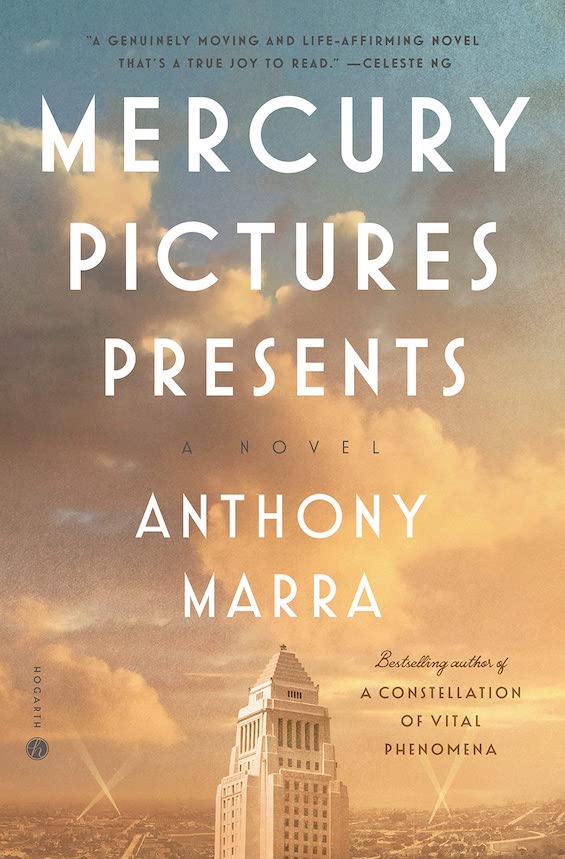
Mercury Pictures Presents by Anthony Marra (2022) 446 pages ★★★★★— European refugees add luster to wartime Hollywood
Among the luminaries who descended on Hollywood in the 1930s were Bertolt Brecht, Billy Wilder, Thomas Mann, Josef von Sternberg, Erich von Stroheim, Otto Preminger, Ernst Lubitsch, and Fritz Lang, among many others—refugees from Nazi Germany, one and all.
As TIME magazine noted in 2020, “The look, the sound, and the speech of Hollywood’s Golden Age did not originate in Hollywood. Much of it came from Europe, through the work of successive waves of immigrants during the first half of the 20th century. The last several of those waves brought a group of traumatized artists who were lucky enough to escape Hitler’s death trains and extermination camps. All were antifascists; a few were Communists; most were Jews. These were Hitler’s gift to America—prodigious individuals who enriched the film culture and the intellectual life of our nation, and whose influence continues to resonate.”
Anthony Marra tells the immigrants’ story through the experiences of a handful of lesser-known emigrés. However, in an original twist, he tells the story of two Italian refugees from Fascism. Germans prominently enter the story too, but the Italians take center stage.
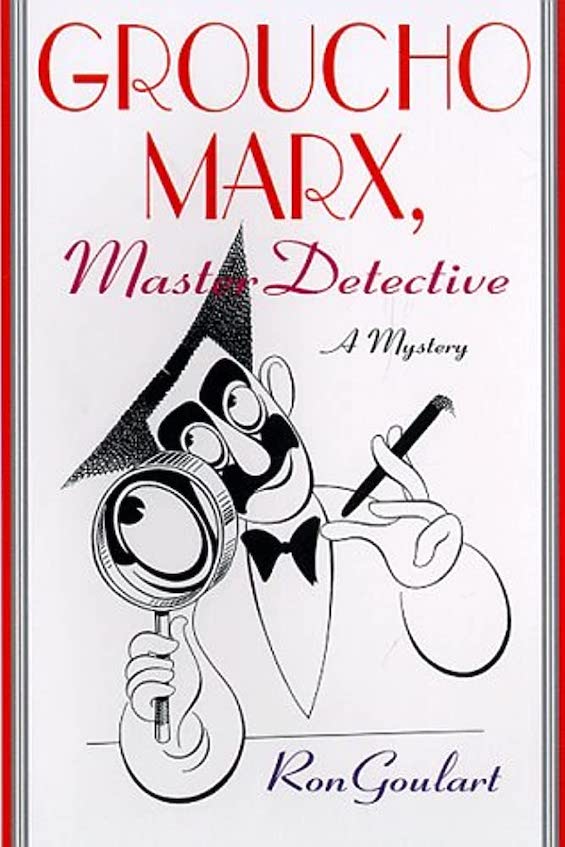
The delightful Groucho Marx Mysteries
I can’t resist including the half-dozen short mystery novels starring one of my all-time favorite comedians, Groucho Marx.
During the years 1998 to 2005, the popular cultural historian and author Ron Goulart (1933-) published a series of six Groucho Marx Mysteries featuring the legendary comedian in an unfamiliar role as a crime investigator. They’re set in the period immediately before the United States entered World War II—the heyday of the big Hollywood studios. The heads of those studios tend to come off poorly in Goulart’s rendering.
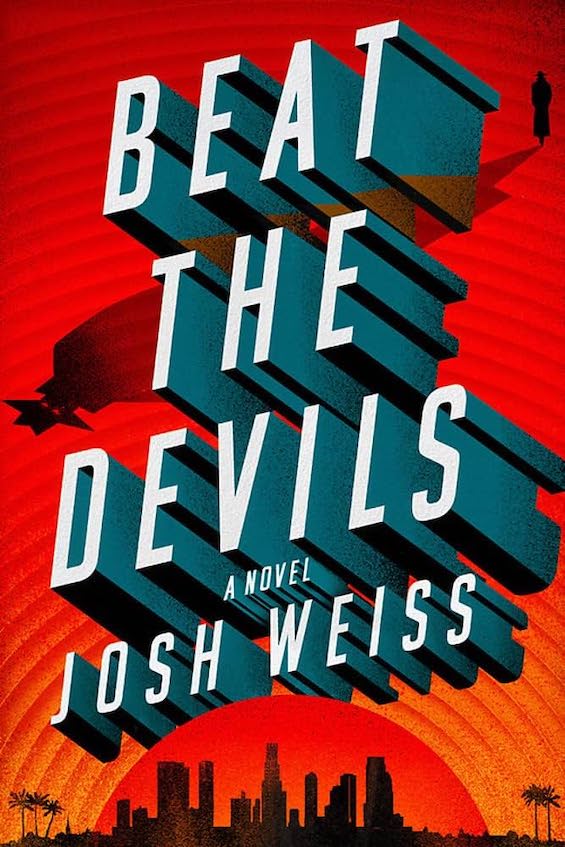
Beat the Devils by Josh Weiss (2022) 368 pages ★★★★★—A gripping alternate history thriller
Alternate history typically answers a what-if question about a single pivotal event or decision. What if Nazi Germany won World War II. What if Japan hadn’t surrendered. And so forth. But Josh Weiss’ unconventional alternate history thriller, Beat the Devils, hinges on a much broader assumption. The hysterical “anti-Communist” movement after World War II has gained the ascendancy. Joe McCarthy is now in his second term as President, and agents of the House Un-American Activities Committee (HUAC), known as Hueys, are hunting “Communists” and homosexuals all across the country. An American Expeditionary Force has crushed Fidel Castro’s revolution in Cuba. In the absence of US support, Israel is about to surrender to the Arabs. And except for Disney, the government runs all of Hollywood’s movie studios merged into one. And it’s there, in Hollywood, that the action unfolds.
Runner-up mysteries about Hollywood
Last Looks by Howard Michael Gould (2018) 304 pages ★★★★☆—An inventive Hollywood detective novel written by a veteran screenwriter
When the Bough Breaks (Alex Delaware #1) by Jonathan Kellerman (1985) 450 pages ★★★★☆—When a child psychologist uncovers the key to solving a murder
Devil in a Blue Dress (Easy Rawlins #1) by Walter Mosley (1990) 236 pages ★★★★☆—The suspenseful first Easy Rawlins detective novel
The Woman in Black by Erik Tarloff (2019) 280 pages ★★★★☆—A Hollywood mystery woman, the Blacklist, and a legendary actor
Hollywood Moon (Hollywood Station #3) by Joseph Wambaugh (2010) 480 pages ★★★★☆—Joseph Wambaugh’s Hollywood police saga
Hollywood Hills (Hollywood Station #4) by Joseph Wambaugh (2010) 448 pages ★★★★☆—Life on the streets of Hollywood
Interior Chinatown by Charles Yu, Audible Edition, narrated by Joel de la Fuente (2020) 289 pages ★★★★☆—Racist stereotyping dominates this award-winning Hollywood satire
For related reading
They’re not novels about Hollywood, but nonfiction, and they set the context for the fictional stories cited above:
- The Library Book by Susan Orlean (2018) 310 pages ★★★★★—An arson fire, the growing role of libraries, and eccentric librarians
- A Bright and Guilty Place: Murder, Corruption, and L.A.’s Scandalous Coming-of-Age by Richard Rayner (2009) 338 pages ★★★☆☆—Murder and corruption under Hollywood’s bright lights
- Water to the Angels: William Mulholland, His Monumental Aqueduct, and the Rise of Los Angeles by Les Standiford (2015) 357 pages ★★★★☆—How the desert town of Los Angeles became the city it is today
You might also check out this nonfiction book about Hollywood in its heyday. It’s not well done but is worth reading for the little-known story: Hedy’s Folly: The Life and Breakthrough Inventions of Hedy Lamarr, the Most Beautiful Woman in the World, by Richard Rhodes (2011) 288 pages ★★★☆☆—The astonishing story of Hedy Lamarr, Hollywood star and inventor
And you can always find my most popular reviews, and the most recent ones, on the Home Page.

